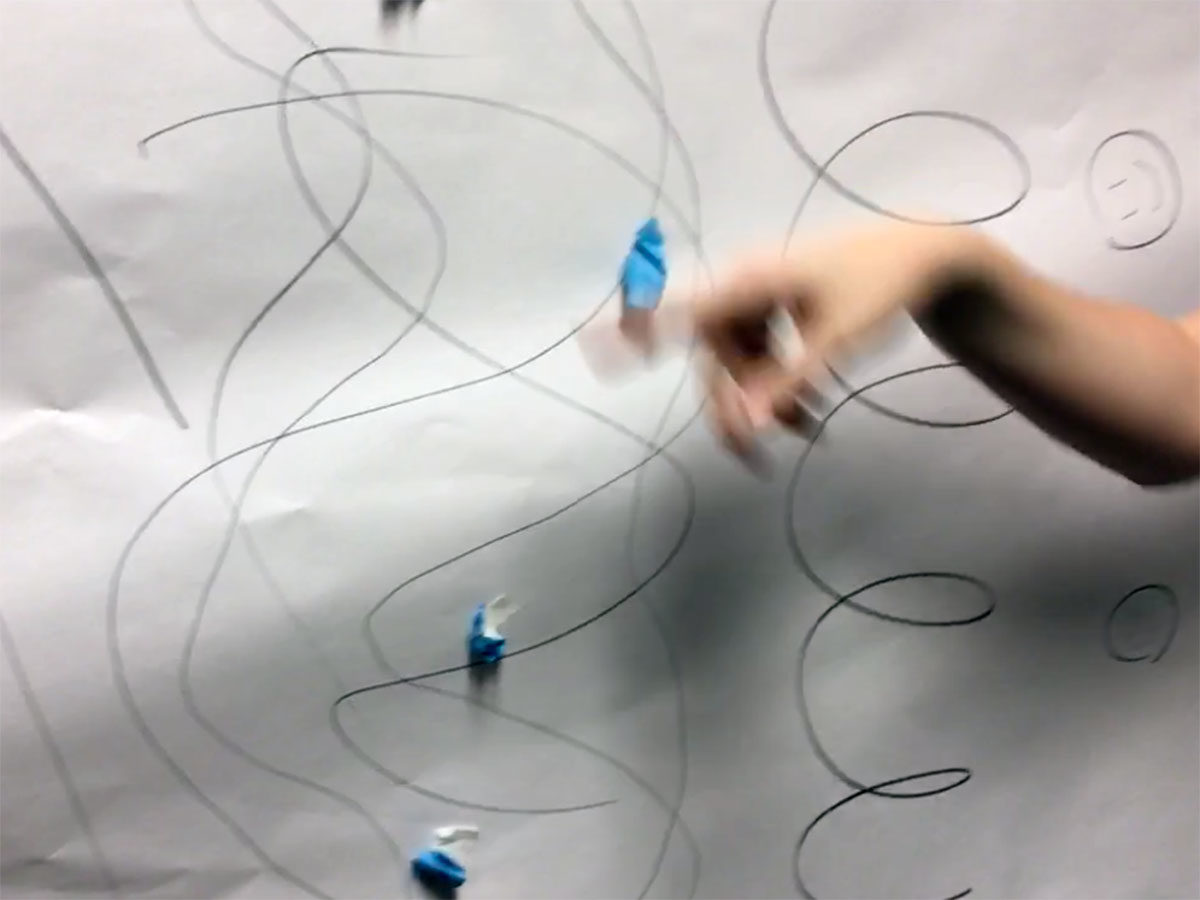Ann McDonald
Associate Professor
Northeastern University
Visual synthesis is one of the primary methodologies that designers use to analyze and understand human-centered research and make meaning. Synthesis allows us to process qualitative research, investigate existing conditions, services, and experiences, and envision and orchestrate future frameworks. Jon Kolko has long called attention to the critical and often under-valued role that design synthesis plays in human-centered design research.1 Experience and touch-point mapping models2 and narrative storyboard models3 have evolved to enable collection and synthesis of research observations regarding user experiences. But these templates and models do not fully engage the power of visual communication and information design to express evocative stories that read at multiple levels to best expose narratives, patterns, and relationships across time frames.
Design teams could benefit from the use of more rigorous information design methods to offer more nuanced representations of complex experiences that occur over varied time frames. We need to develop further diverse ways to represent complex services, shifts in points of view, narratives and time frames. This presentation will share in-progress pedagogical design explorations in three settings; 1) a STEM high school student half-day workshop introducing the value of design methods, 2) an entry-level undergraduate Design Process class and 3) a graduate-level Notational Systems for Experience design class exploring the use of information design strategies across multiple fields as a methodology for research synthesis and envisioning. In all three cases, in-class exercises were used to encourage students to experiment with the depiction of different time frames and expressively visualize data gathered in participation/observation of defined experiences occurring over time. Using a collaborative process of visual synthesis exposed multiple points of view, increased understanding, and offered insight into the value of visual artifacts in consensus building.
As designers, we need further study in how the process of prioritizing, editing, identifying relationships, forging connections and applying visual organization and hierarchy can help make explicit the importance of visual synthesis in the understanding and envisioning of conditions and frameworks for experiences. This work is part of a broader investigation of notational systems and historical and innovative mapping of experiences across multiple fields.
1 Kolko, Jon. Exposing the Magic of Design: A Practitioner’s Guide to the Methods and Theory of Synthesis. Oxford University Press, 2015.
2 Kalbach, James. Mapping Experiences: A Complete Guide to Creating Value through Journeys, Blueprints, and Diagrams. O’Reilly Media, 2016.
3 Lupton, Ellen. Design Is Storytelling. Smithsonian Design Museum, 2017.
This research was presented at the Design Incubation Colloquium 5.3: Merrimack College on March 30, 2019.
